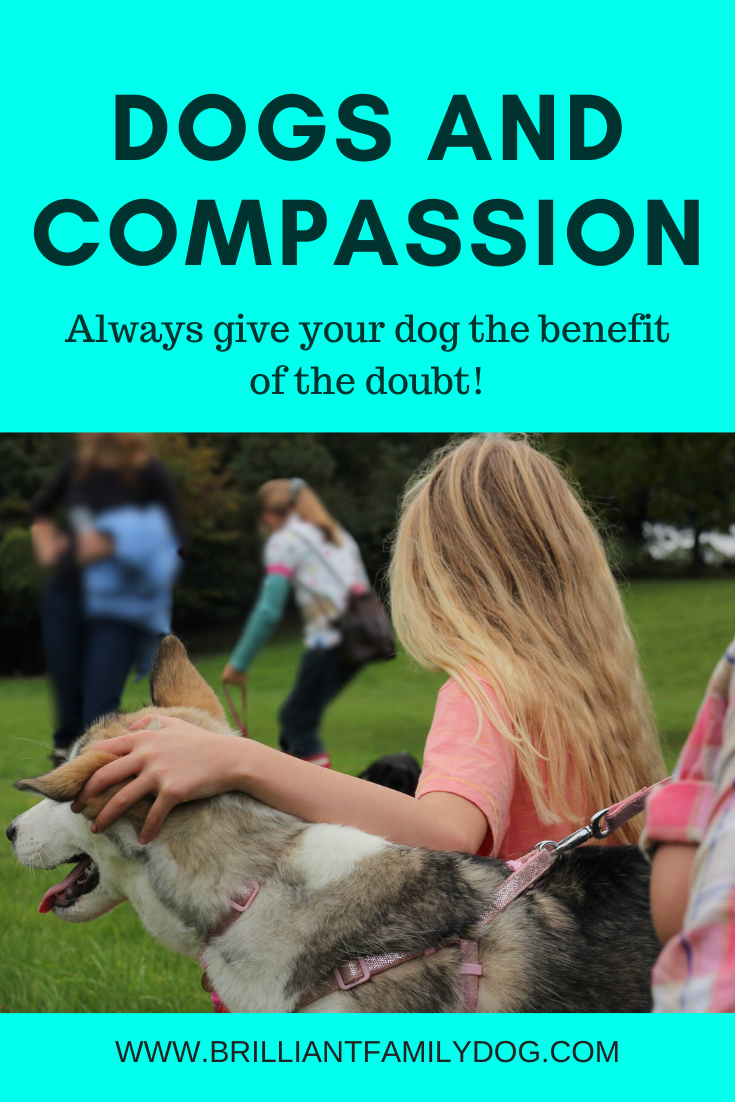Fleas! Ticks! Nasty beasties!
But there’s no need to get hysterical about them. Mankind has lived with them for aeons, so they ain’t disappearing any time soon.
I know that many dog-owners - especially first-time dog-owners - are guilted into signing up with their vet for monthly doses against invertebrates at large.
Monthly doses!
The logic behind this is, apparently, “To be sure, to be sure,” and “Just in case”.
So - do you take a headache pill every morning, just in case you get a headache?
Course you don’t! Most of us are averse to over-medication. Personally, it’s a last resort for me - only if absolutely necessary.
But I can see how this policy can make a nice income for the vet profession, and an even nicer one for the pharmaceutical companies behind it.
So apart from pumping unwanted chemicals into your dog, have a thought about what happens after the dose has washed off or gone through the dog’s system.
Where does the waste go? Into the water system and ultimately the ground. And what lives in the ground?
INSECTS!
Most of them highly valuable to keep our environment stable.
The last thing we need to be doing is using scorched-earth warfare against a few insects at the expense of the many - and ultimately ourselves.
Over 40% of insect species are threatened with extinction. And agro-chemicals including pesticides are a large driver of this decline.
Shockingly, just one spot-on treatment for a medium-sized dog contains enough pesticide to kill 60 million bees. There are estimated to be 15 billion honeybees in the UK, so if you dosed three dogs, that would account for 1% of them.
Think about that.
Use as indicated - or when needed?
My (super-healthy, long-lived) dogs and cats are treated only if fleas appear. I do it myself, having chosen a treatment that is not on the dangerous list (see Resources below).
And I only ever use half the recommended dose at most. It works perfectly well.
I’m convinced that the general health of the animal makes them resistant to parasitic invasions, hence they happen seldom here. I make a note of when I treat them. The last two times were 2018 and 2022 - both times when a visiting hedgehog was sniffed and a whole platoon of fleas hopped over.
[Hedgehog fleas can’t actually run their complete cycle on any animal but a hedgehog, so they would eventually have dropped off. But I didn’t want to spend weeks with us all scratching!]
Am I being eccentric?
And you may be thinking that I’m being eccentric or frivolous here. In which case you’ll be glad to know that these long-held opinions of mine are backed up by research.
This Position Statement from the British Small Animal Veterinary Association (BSAVA) is clear. One of their recommendations reads:
Concerns about the possible environmental impacts of small animal parasiticide products should be taken seriously by the veterinary profession, pharmaceutical industry, and animal owners.
“Animal owners” is us. We are part of the problem. We have to play our part in doing something about it.
Overuse can, of course, lead to resistance in the target population - as can be seen in agriculture where these chemicals are widely used.
This maybe sums up the BSAVA opinion:
As part of their responsible prescribing measures, veterinary professionals should avoid blanket treatment and instead risk-assess use of parasiticides for individual animals.
Sledgehammers for nuts, anyone?
RESOURCES:
BSAVA Position Statements
BVA, BSAVA and BVZS policy position on responsible use of parasiticides for cats and dogs
Guide to Conventional Treatment Options for Fleas and Ticks
Choosing More All-Natural Tick Repellents
More Concerning News Regarding Flea and Tick Products for Companion Dogs and Cats
Worldwide decline of the entomofauna: A review of its drivers
Parasiticide use needs overhaul. Study














